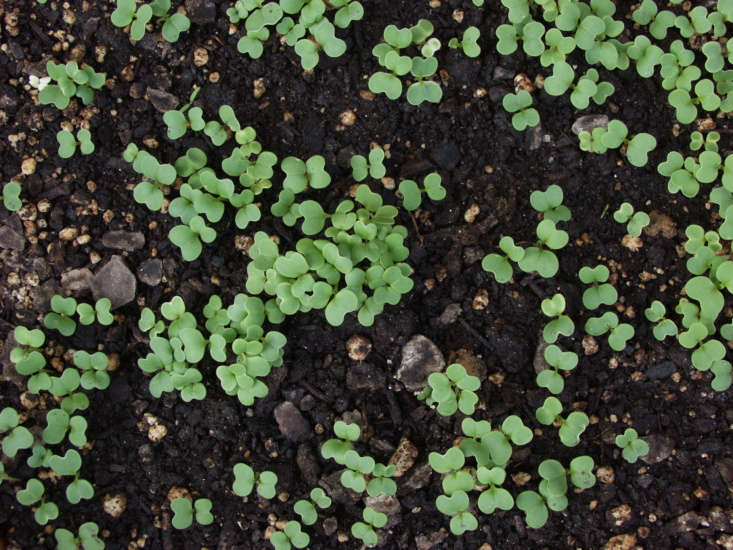Mustard Greens, Brassica juncea
I have learned to love peppery, bitter foods. Honestly, I don’t quite understand the attraction, but I suppose it started with my intentional avoidance of sugary food. Without that satisfying sweet hit, I needed a punchy replacement. Enter mustard greens. With winter here and the veggie garden a bit sparse and lackluster, mustard greens really fill the void. Plus, they’re ridiculously nutritious.
Please keep reading to learn if you should plant mustard greens.

This quick growing, cool season crop is underrated and not as popular and trendy as kale, but its signature spiciness definitely garners attention once tasted. Mustard greens have been enjoyed for thousands of years beginning in the Himalayan region of India, and today many varieties exist and are featured in Southern, Chinese, and Indian cooking.
The most affordable way to grow your own crop is to plant seeds. Six weeks before the average last frost date for your area and preferably when your soil warms to higher than 40 degrees F, plant a handful about a half inch deep and an inch apart. Lightly firm the soil on top of the seeds and keep them moist until they sprout up. Once they develop a couple sets of true leaves, thin the seedlings so they are about four inches apart. Then, if you let some flower and go to seed, you can save the seeds and start the process over. Pro tip: snip off the seed heads and let them dry in a paper bag then shake the bag until the seeds tumble from their pods; blow off the chaff.

Remember that mustard greens are considered a cole crop like cauliflower and broccoli so if you’re into rotational planting, factor this into your four-year rotation plan. And, as it is a cool season crop, the latest you can plant seeds is late spring; start planting again in mid summer for a fall harvest. Or, if you live in a mild climate like me, plant seeds in the fall for a winter harvest. Right now I’m growing Garnet Giant Mustard that sports large deep purple leaves with a spicy kick. I have also enjoyed Red Giant and tooth-leaved Miz America.
My carnivore husband would say to cook the leaves in bacon grease with garlic then add a splash of apple cider vinegar. I prefer them sautéed in avocado oil, or even eaten raw in sandwiches.
Note: People who take blood thinners or those needing to restrict oxalic acid or have a thyroid condition should be cautious about eating mustard greens. Also, it is not advised to reheat mustard greens due to the nitrates.
Cheat Sheet

- Easy to grow in raised beds, containers, and in-ground.
- Add to your dedicated edible garden or mix some into your perennial garden.
- The sunny yellow flowers serve as the perfect winter snack for bees and other pollinators.
- Harvest leaves regularly to avoid older tough leaves from forming, and even remove some flowers and add them to salads.
- Can easily reseed if you let it.
Keep It Alive

- Grows in any soil type but appreciates loamy soil, amended with compost.
- Can withstand drought once the plants reach about 6″ tall but keep soil moist during the tender baby weeks.
- Likes a sunny spot.
- Remove any yellowing leaves.
- Right before your mustard flowers, chop some leaves and add them to your soil because the leaves act as a biofumigant and are said to suppress disease and pests.
For more on winter crops, see:
- The Garden Decoder: What Is a ‘Cool-Season Crop’?
- Time to Plant Garlic: Tips & Tricks
- Make the Most of Your Greens: A Recipe for Leafballs












Have a Question or Comment About This Post?
Join the conversation (0)